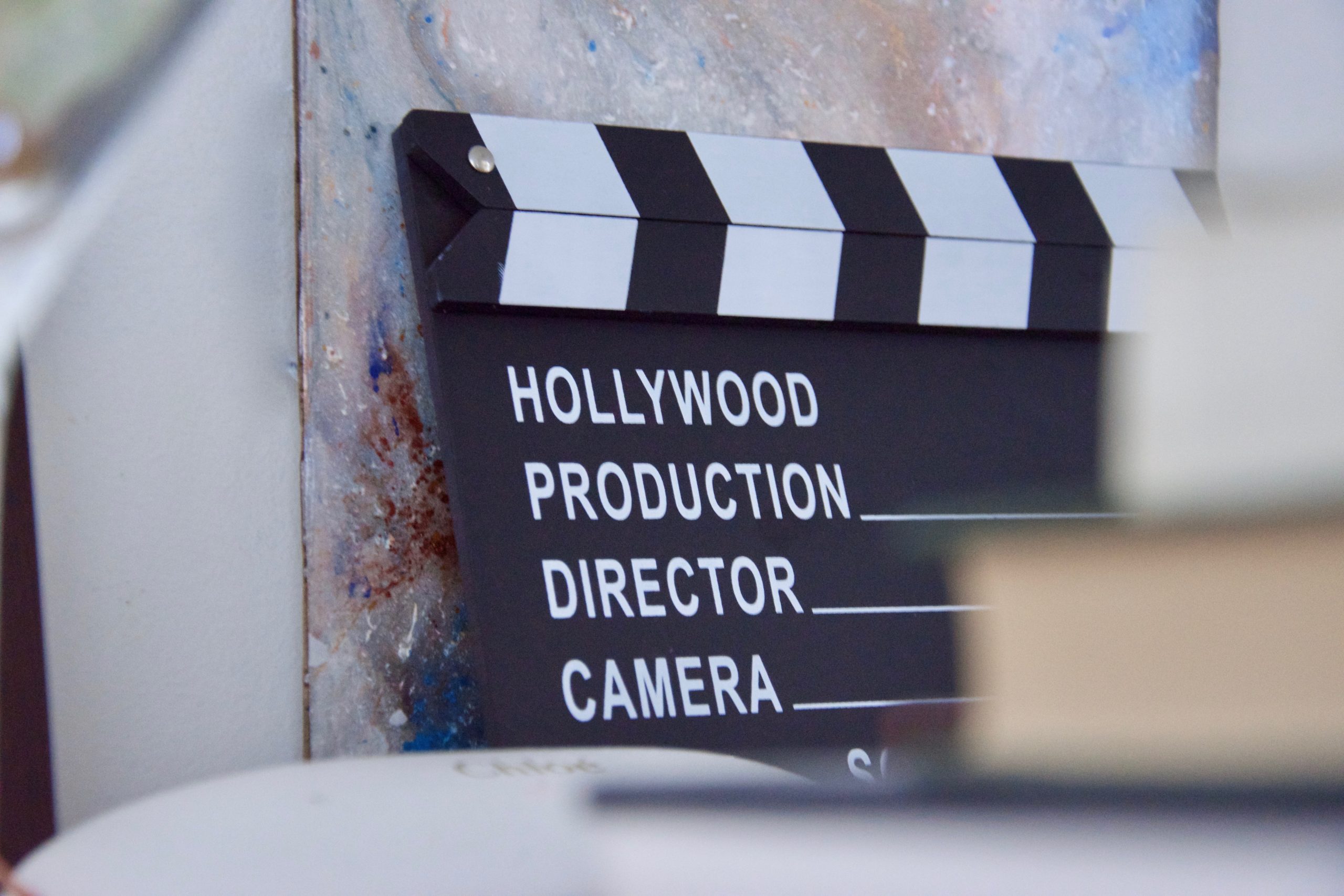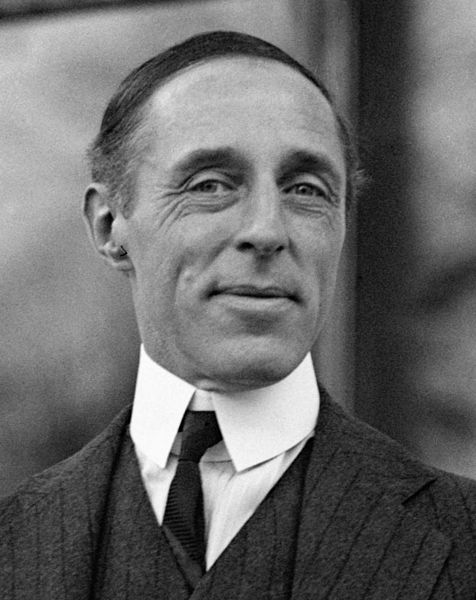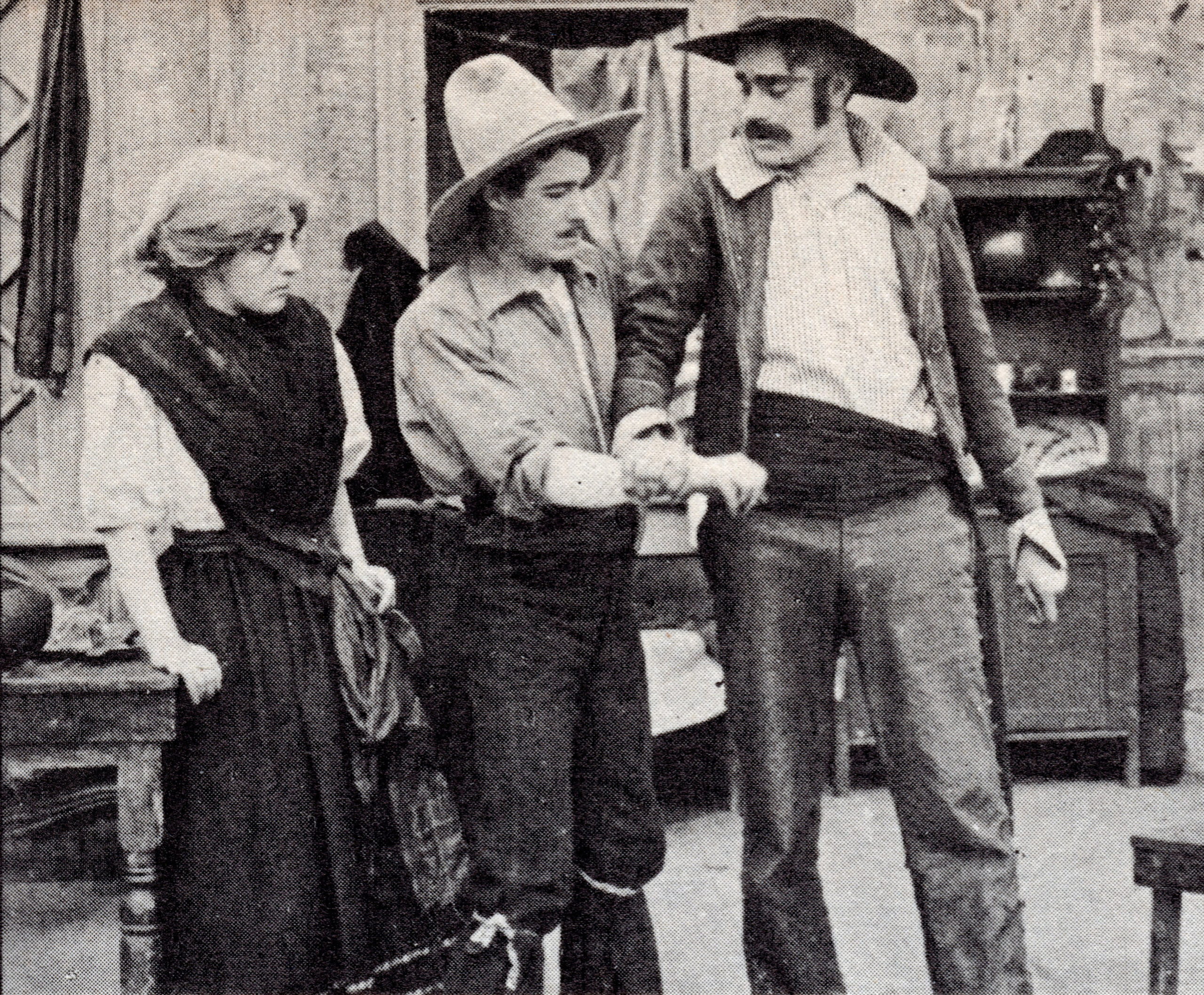No other place in the world exudes the same fame, glamor, and prestige of the show-business industry as Hollywood does. From its beginnings in the early 20th century, it has been the hallmark of American society’s creativity, development, and innovation, reflecting the modern world, while providing us quality entertainment throughout motion picture history.
Yet, have you ever wondered how it all began? With the hundreds of productions each year, what was actually the first Hollywood movie? Here, we’ll go back in time and discover Hollywood’s quick history and learn more about the first flick shot in this iconic location.
Humble Origins
In 1853, only a small adobe building was nestling on the site where Hollywood stands today. It was in an area near Los Angeles, which was still a small city in the then three-year-old state of California. Over the next two decades, the area became a part of Cahuenga Valley, a horticultural paradise where fruits and vegetables were harvested.
From Topeka, Kansas, Harvey Henry Wilcox and Daeida, his second wife, moved to Southern California in 1883. The couple 160 acres of land in the Cahuenga Valley. Wilcox dreamt of transforming the land into a utopian-like community based on his teetotal religious principles. As such, he registered the settlement with the Los Angeles County recorder’s office, which his wife called “Hollywood.” Plans were centered on the main street named Prospect Avenue, where upscale homes, a post office, and markets have soon sprouted.
Things change when real estate mogul and banker H.J. Whitley came into the picture. Dubbed as the “Father of Hollywood,” he was responsible for opening the Hollywood Hotel, developing the high-end residential area called Ocean View Tract, and bringing electricity, telephone, and gas lines to the suburban area.
Hollywood was incorporated as a municipality in 1903 and consolidated with Los Angeles in 1910 due to inadequate water supply. Shortly after, filmmakers found the mixed topography and the mild, sunny climate of Southern California as a perfect setting, signaling the dawn and allowing the eventual boom of the motion picture industry in the area. Today, it’s brimming with glitz and esteem, far from the conservative religious community it was first to be.
The First Hollywood Movie
Tales in the industry say that “The Squaw Man” in 1914 was the first movie to be shot in Hollywood. Yet, the feature film starring Dustin Lancy Farnum was only partly shot in Hollywood after its director, Cecil B. DeMille, decided last-gasp to film in Los Angeles.
DeMille used the Lasky-DeMille Barn, one of Hollywood’s first film studios, as their studio and production office. Situated at the southeast corner of Vine and Selma Streets, the place is now known as Hollywood Heritage Museum. “The Squaw Man” started filming on December 29, 1913 and was completed on January 29, 1914.
Yet, film historians had a consensus that short films were made in Hollywood earlier than DeMille’s directorial debut. In 1910, David Wark Griffith shot “In Old California,” which was considered to be the first silent motion picture to be entirely filmed in Hollywood.
The prolific director and one of film history’s most influential figures went to the West to make use of the beautiful California sunshine. On his trips to the state, he discovered Hollywood’s little village and chose to film the movie there due to its stunning scenery and its friendly, welcoming residents.
In Old California
“In Old California” is a melodrama revolving around California’s Mexican era. Its story begins at a time prior to California’s declaration of Mexican independence in 1822. Jr. Manuella, a rich, young Spaniard, settled in the New World for adventure, falls in love with a gorgeous senorita named Perdita Lergnello.
Possessing the qualities of a good man, he gave up pursuing Perdita after learning that her heart already belonged to Pedro Cortes, a good-looking troubadour from the same village.
Things changed two decades later as Cortes turned out to be a good-for-nothing, chronic alcoholic that wasted all Pedrita’s earnings. What’s unfortunate is that they have a son who is now lacking a dignified fatherly figure and model and a favorite future. As such, Pedrita decided to do all things to save his beloved son.
Amidst the conflict in California, Pedrita asked help from Manuella, her former lover and now the new Governor. Manuella took the boy under his helm, however, the boy was already showcasing the same behavior as his father’s, being involved in dipsomania. The boy also engaged in theft, robbing his sleeping colleagues.
In Old CaliforniaIn Old California
After receiving a letter of gratitude from Perdita while the boy was being brought to him, Manuella decided to give the boy another chance, deeming that she might live without being wary of his son’s true nature.
Later, Perdita wrote another letter to Manuella, informing him that she was already on her deathbed. Thinking that her son has been successful and become well-known, she asked to see her son one last time. During this time, the boy was again being brought to Manuella after committing another act of theft.
Though Manuella was seriously agitated with the boy, he chose to make Perdita die happy. Manuella decorated the boy with medals and made him appear like a hero. After Perdita’s last breath, all the ornaments were ripped from the boy’s breast and he was finally sent to prison to pay for all pain and troubles caused.
A Legacy
“In Old California” was only the start of D.W. Griffith’s dominance and influence on the American industry as he made 97 more films that year, such as “That Chink at Golden Gulch,” “In the Border States,” “The Newlyweds,” “The Unchanging Sea,” and “Over Silent Paths.” In the following years, the film master also created more flicks, including the two of American cinema’s greatest masterpieces, such as the money-making flick “The Birth of a Nation” (1915) and “Intolerance” (1916). Since then, Hollywood’s rise became unprecedented, making it the home of motion pictures in America.



